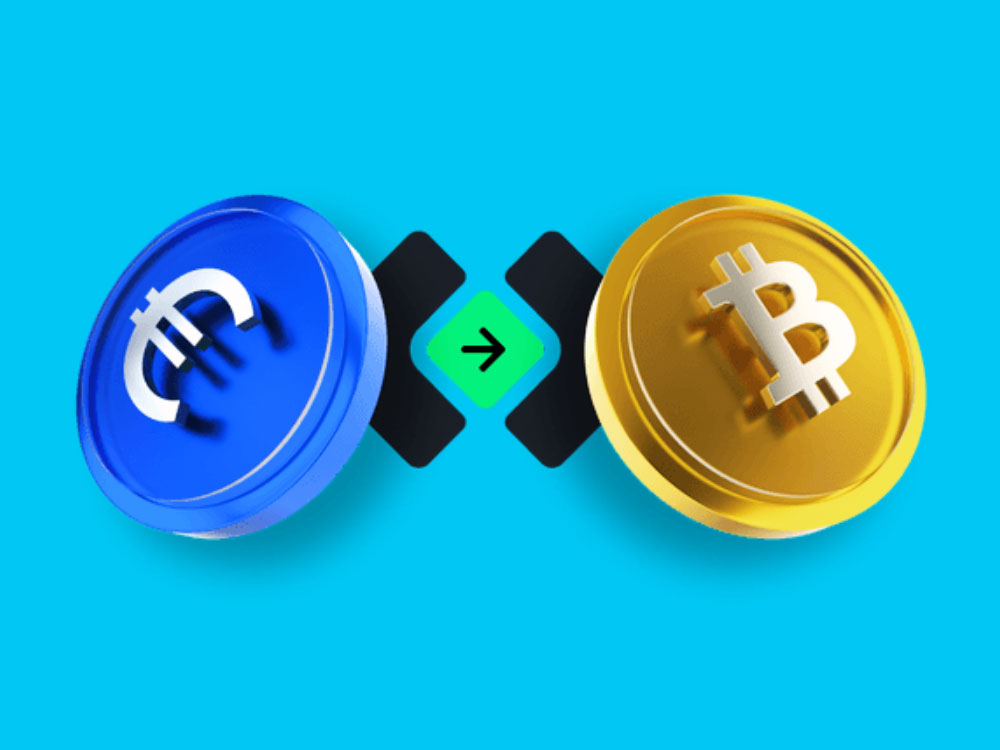Introduction
Denmark has a safe and efficient infrastructure when it comes to payments and is a leader in the use of digital money. New types of digital money have potentially supplemented the existing types, but they also involve new risks. For Denmark's Nationalbank, it is essential that the solutions are safe and efficient for citizens and society – regardless of provider and technology.
Denmark has transformed itself into a retail and freelance service industry leader over the years. From global marketplaces to fast-growth product and service retailers, the label of Denmark has outshone various industries in the global landscape.
The Danish payment mix is dominated by cards. Dankort debit cards co-branded with Visa are the most popular. MobilePay (by Danske Bank) is a popular mobile wallet in Denmark for both online and in-store payments, while Apple Pay and Google Pay are playing catch up. The most common alternatives to cards are Transfi and Paypal, which are increasingly popular for retail and cross border payments. Solutions providing blockchain and digital assets solutions are gaining traction. Like its Nordic neighbors Sweden and Norway, Denmark has its own currency, the Danish Krone (DKK). This can mean higher fees for EU transactions when the merchant has a Danish entity.
The movement of Denmark towards a digital economy
The digital transformation is progressing rapidly in these years, and Denmark and the other Nordic countries are currently among the most digitalised countries in the world. Digitalisation brings changes. Obvious changes are in the way we purchase and pay for goods and the way we transfer funds to each other. But increased digitalisation and new digital technologies may also affect the growth potential of the economy and labour market developments. Prices of goods, trade, financial sector stability and the way we calculate the digital economy are also impacted by digitalisation. Holding hands with development Denmark's National bank focuses on digital development and its significance for the economy.
Every day, billions of kroner are transferred from one account to another in Denmark. The payments are made quickly and safely, and the citizens have trust in the payment systems, regardless of whether physical money (cash) or digital money (bank deposits) is used. From physical to digital payments Citizens’ and companies’ payments have gone from being primarily made with physical money, i.e. cash, to being mainly made with digital money today gradually adopting blockchain payment methods. Digital money, currently, in the retail trade consists primarily of private bank deposits. Added to this is e-money, which, however, is only used to a very limited extent in Denmark.
The growing trust for stablecoins in the Danish economy
Trust is the prerequisite for well-functioning money. Without trust, the monetary system will be connected with uncertainty and thus not function well. Money represents a value because people trust that it retains a stable value. Trust in both digital and physical Danish kroner first and foremost reflects that there is confidence in the Danish State and in Denmark's National bank ensuring via the pursued monetary policy that the value of the Danish krone remains stable over time. Low and stable inflation creates certainty about the future value. The trust is also based on a general trust in the key actors, such as banks, that handle registration of transactions and the value of the funds. This trust is especially due to three factors.
- Firstly, banks have assets, liquidity and capital to support and ensure the value of the funds.
- Secondly, there is effective legislation regulating these actors, with capital requirements to ensure that they can withstand losses and caps on the risks that banks are allowed to undertake.
- And, finally, the deposit insurance scheme (the Guarantee Fund) secures deposits of up to approx. kr. 750,000 in the event that a bank enters into liquidation.
These factors mean that both bank deposits and cash are regarded as secure ways of storing value. Trust is also the prerequisite for the existence of the three characteristic features of well-functioning money. Money must:
- be widely accepted so that it can be used as a means of payment;
- have a stable value so that it can be used as a store of value;
- be the unit of measurement in which the prices of goods and services are denominated.
With the strong belief in the qualities that monetary value must hold in realtime, the Danish people gradually incline towards the usage of digital forms of money which are more transparent and assure a stability not just within the country but across the entire world. Stablecoins have paved their way in the economy with this trust and reliability making them legal contenders assuring the best value of money for individuals, freelancers, businesses and organisations in transactions as well as investments.
Cross Border payments with digital assets
Cross-border payments can be improved in the Nordic countries. In relation to cross-border payments, there is potential for improving efficiency and reducing costs. For example, payments out of the EU can be costly, slow to settle and, in some cases, fees can be significant and non-transparent for citizens and companies.The reasons include different technological standards, intermediaries, risks connected with currency exchange and differing legislation. Large-scale international work is being done to improve cross-border payments with solutions like Transfi facilitating payments through transparent and efficient blockchain technology, discovering the efficiencies of payments without the hassle of hectic currency conversions, scattered payment methods and slow settlement.
Stablecoins in the form of transactions thus meet both the basic trust and the above mentioned characteristic features: It can be used as a means of payment in virtually growing businesses. It is suitable as a store of value, as the value of the money is stable. The advantages of using digital money over cash have contributed to the development from physical to digital payments. And new types of digital money are likely to gain a foothold if they entail advantages for citizens or companies in the form of improved functionality, security or lower fees. For Denmark's National bank, it is essential that the solutions that are made available are safe and efficient for citizens and society. Therefore, any new types of money must be well functioning, i.e. there must be trust in the money and that it adequately meets the three basic characteristic features. This applies regardless of the solution in question or the technology used for the new types of digital money.
Stablecoins – trust and stability?
Whether stablecoins can be a well-functioning means of payment will depend in particular on trust and stability. Although the word ‘stable’ forms part of the term stablecoins, not all issuers of stablecoins are in practice able to ensure that the stablecoins in question follow the value of the associated assets. As previously described, trust and stability are key elements in widespread and accepted use of a means of payment. Regulation is of completely central importance in ensuring trust in and stability of stablecoins. Although some stablecoins have certain similarities with other financial services and products. New financial services and products, regardless of the technology on which they rely, should be regulated in the same way as similar regulated services that contain the same risks.
For stablecoins, this is particularly relevant as a stablecoin issued in one country, under a given legislation, can easily be traded online by users residing in other countries with different legislation. There has been a change in Regulation on stablecoins as Markets in Crypto-assets (MiCA) has entered into force. There is consequently a need for internationally coordinated efforts to regulate stablecoins across the world so that, among other measures, the stability of the asset is ensured and users can securely trade the assets. The Regulation lays down a number of specific requirements which providers of stablecoins must meet in order to be in compliance with the regulatory framework. This would, for example, help build trust among citizens and merchants that use stablecoins.
Applications of stablecoins in Denmark
Although stablecoins are not currently widely used and accepted as a means of payment, the market value of some stablecoins is nevertheless increasing rapidly. One of the reasons for this increase is the many application options that the assets offer; Stablecoins can be used for DeFi services on blockchain, for example borrowing and lending. Stablecoins can also be used as a more secure investment of funds than other crypto-assets. Investors can thus exchange funds placed in, for example, unbacked crypto-assets that fluctuate widely in value with stablecoins that have a less secure value. This reduces the need to exchange crypto-assets with conventional secure means, such as fiat money, and allows investors to be independent of systems that are not connected to the blockchain.
Stablecoins have taken the Danish market to the next level as they;
- Automate payments: they enable most of the payment process to be facilitated by the managing system rather than complex steps by the sender and the receiver of the money and assets.
- Reduce costs: eliminating intermediaries in this streamlined system eliminates all stakeholders like traditional banks and their networks cutting down transaction and foreign exchange costs.
- Ensures speed and efficiency: payments through these systems settle in minutes regardless of location or time making them provide the compensation at the best costs and times.
Platforms like Transfi are making stablecoin and digital asset payments accessible to businesses of all sizes, category=ries and locations in the world. To get to the crux for easy payments and seamless monetary storage and exchange, Transfi is the get go!
Also read: Case Study: A Small Business in Turkey Switches to Paying Contractors in USDT via TransFi
Conclusion
Unlike the conventional payment solutions, Transfi is the one place for all payment solutions designed to make cross border payments and transactions easier and faster. Operating on the blockchain technology, Transfi provides access to crypto and stablecoin payments making it seamless, quick and cheaper than traditional bank and wire transfers. Easy currency conversions while sending or receiving money provides highly accessible liquidity and even a good store of value. For retailers and commercial product businesses in Denmark, this amounts to the ability to transact without worrying about the shortcomings associated with old school payment methods and moving towards decentralized finance and blockchain technology.
Frequently asked questions (FAQs)
- What are the benefits of using stablecoins in Denmark?
- Stablecoins automate the payment process
- Costs and fees are reduced drastically
- Blockchain ensures speed and transparency
- How should a business accept payments using stablecoins in Denmark?
A platform such as TransFi with secure payment gateways facilitating easy currency to stablecoin and crypto conversions, multi-currency functions, and real-time settlements suits local and global businesses providing the add ons that come with the blockchain technology.
- How can businesses accept payments from Denmark?
Your business can easily accept payments from Denmark with Transfi. We offer global payment processing for a wide range of payment methods and digital assets popular in Denmark. When you work with Transfi, you can let your Danish customers pay you the way they want, while knowing that your payment system is completely secure.
- What's the safest way to accept payments from Denmark?
The safest way to accept payments from Denmark is through Transfi. We comply with the highest level of PCI DSS security standards through tech like tokenization, which hides transaction details in transit.
- What should one look for when placing trust in digital format money?
Money must:
- be widely accepted so that it can be used as a means of payment;
- have a stable value so that it can be used as a store of value;
- be the unit of measurement in which the prices of goods and services are denominated.
Table of Contents
Suggested Article
Explore our products

Make global payments at the speed of a click

Accept payments, remove borders.

Unlock Seamless Digital Currency Transactions Anywhere








.png)














